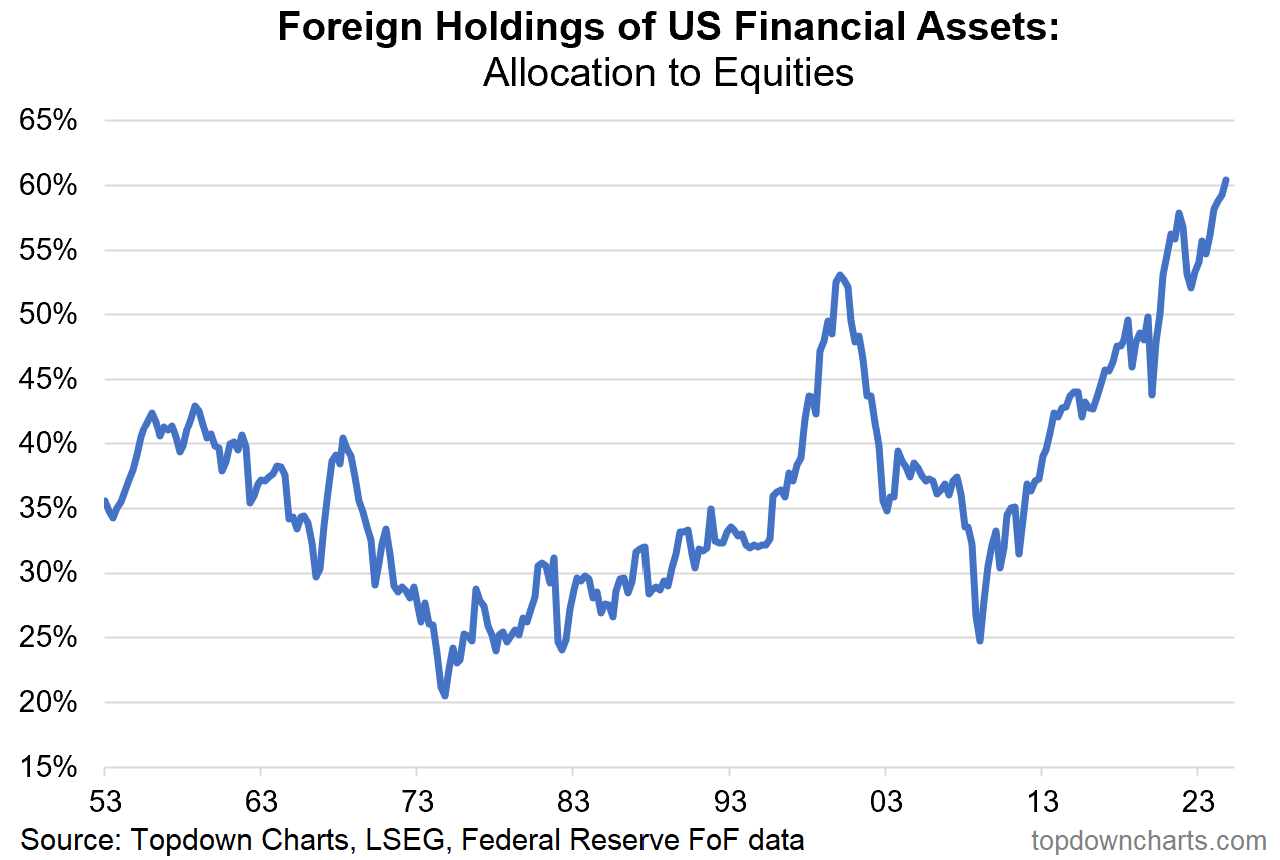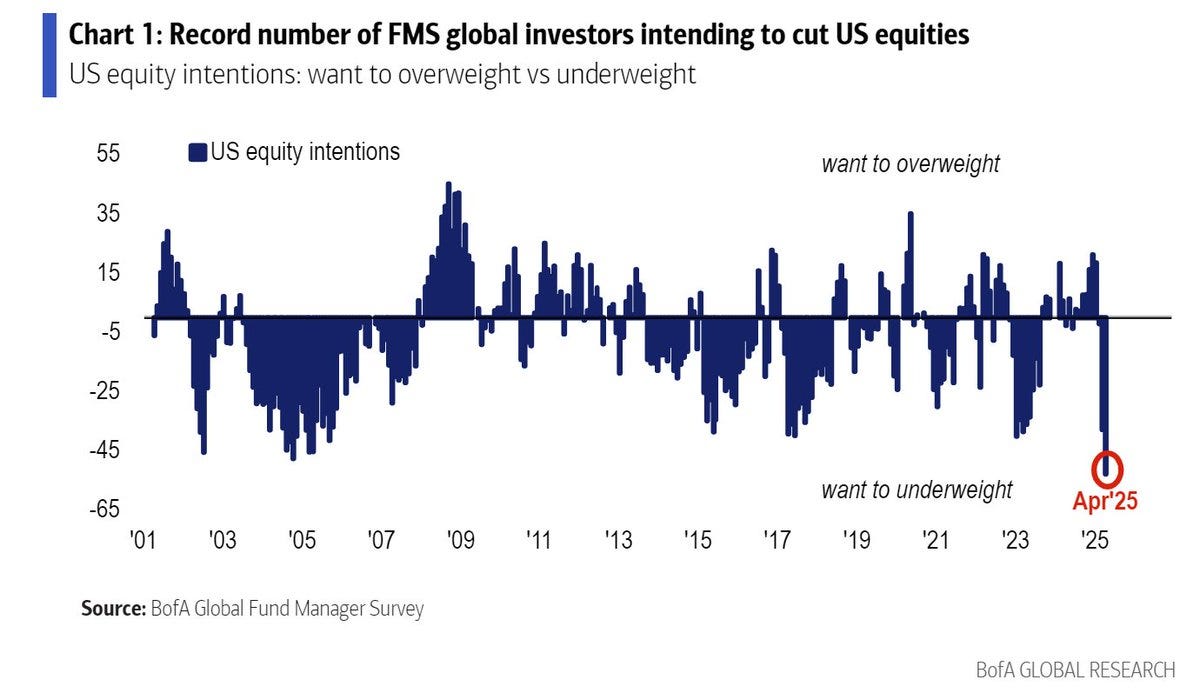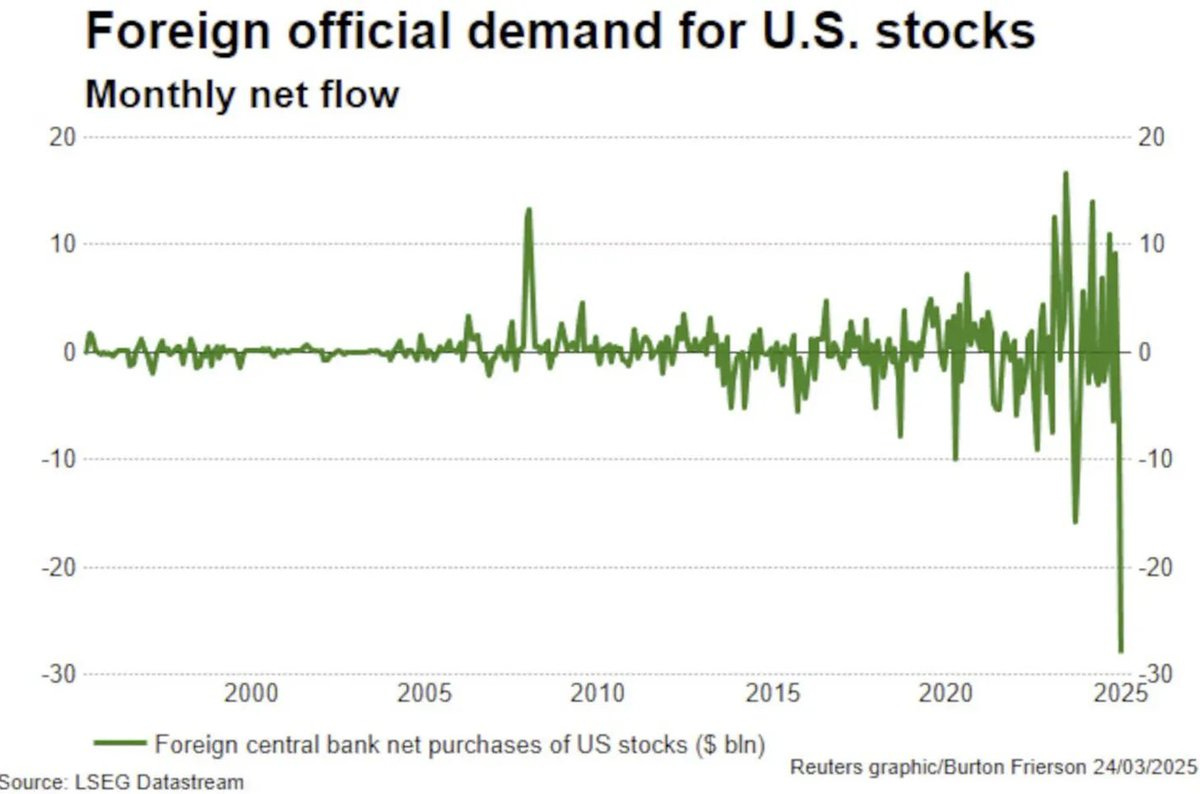Late last year, US asset valuations reached a major milestone, 16 years in the making.
After a golden decade for returns from the depths of 2009, the average valuation score for US stocks, corporate credit (spreads), US Dollar ( DXY ), and real estate reached a record high expensive level.
Even the casual observer will notice something immediately from this chart.
Investors had a good-time-for-a-long-time buying when this indicator reached low levels, and had a bad time when buying at high levels.
Basically, we went from one of the best buying opportunities in history back in 2009 to one of the worst around the turn of the year.
They say don’t bet against America, but I would say that’s more of a statement about the long-term, as there have been plenty of times where, from a cyclical standpoint, it made a lot of sense to either bet against or go all-in betting for
Rather, what you find in macro and markets is that sometimes the best markets have the worst setup, and sometimes the worst markets have the best setup.
Really, the key point to make with this chart is that it probably doesn’t make sense for US asset classes to trade at such a premium when political risk is now a lot higher, and recession risk is rising (now at least 50%).
In short, when you price-for-perfection and then find yourself in an increasingly imperfect world, it’s time to pause and think.
(as many now are- see bonus charts below)

Key point: 16 years on from one of the best buying opportunities in history, investors in US assets now face one of the worst risk setups in recent decades.
Bonus Chart(s) —> Trade Fight = Capital Flight…
I thought it worth highlighting a couple of additional charts I’ve come across that illustrate how this week’s chart may play out.
The first chart shows foreign holdings of US equities vs their total holdings of US financial assets; you can see just how much foreign investors have been crowding into US stocks — just compare and contrast the peak of the dot-com bubble vs the depths of the financial crisis. And the reality is foreign flows have been a critical part of the story above; driving things higher on the way up.

But as alluded to, the many minds of markets are beginning to change; global investors are reporting a record high intention to underweight US equities.

And in the flows data you can see that this is not just a matter of opinion; they are voting with their feet. Concerns around the prospect of US dollar weakness, still relatively high valuations, policy uncertainty, and recession risk make it an easy and safe decision for many to rotate out of US stocks and either back into their home markets or other assets entirely.

And as noted in our reports, there are compelling reasons to expect global equities (ex-US) to outperform vs US equities (following more than a decade of the opposite).

